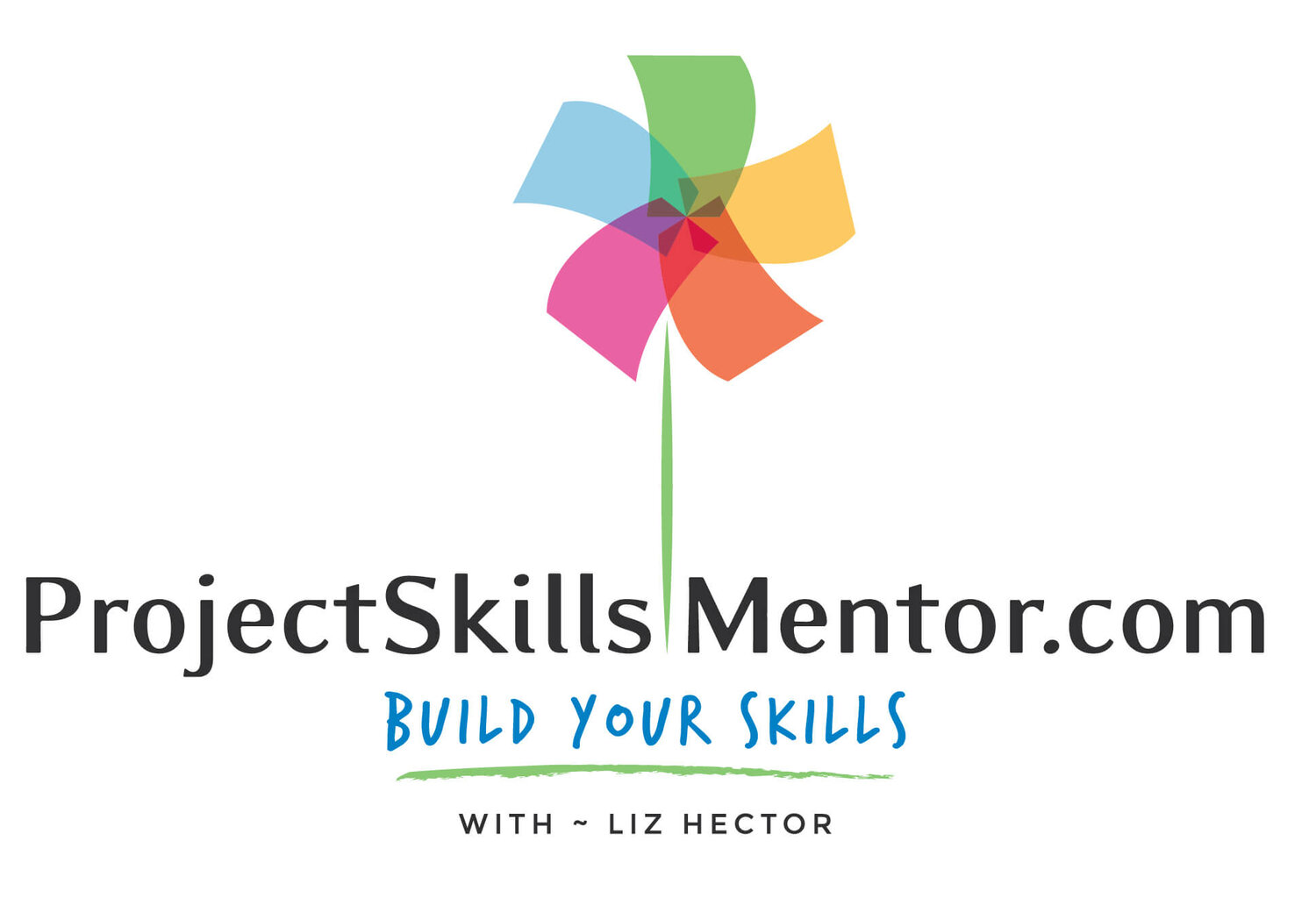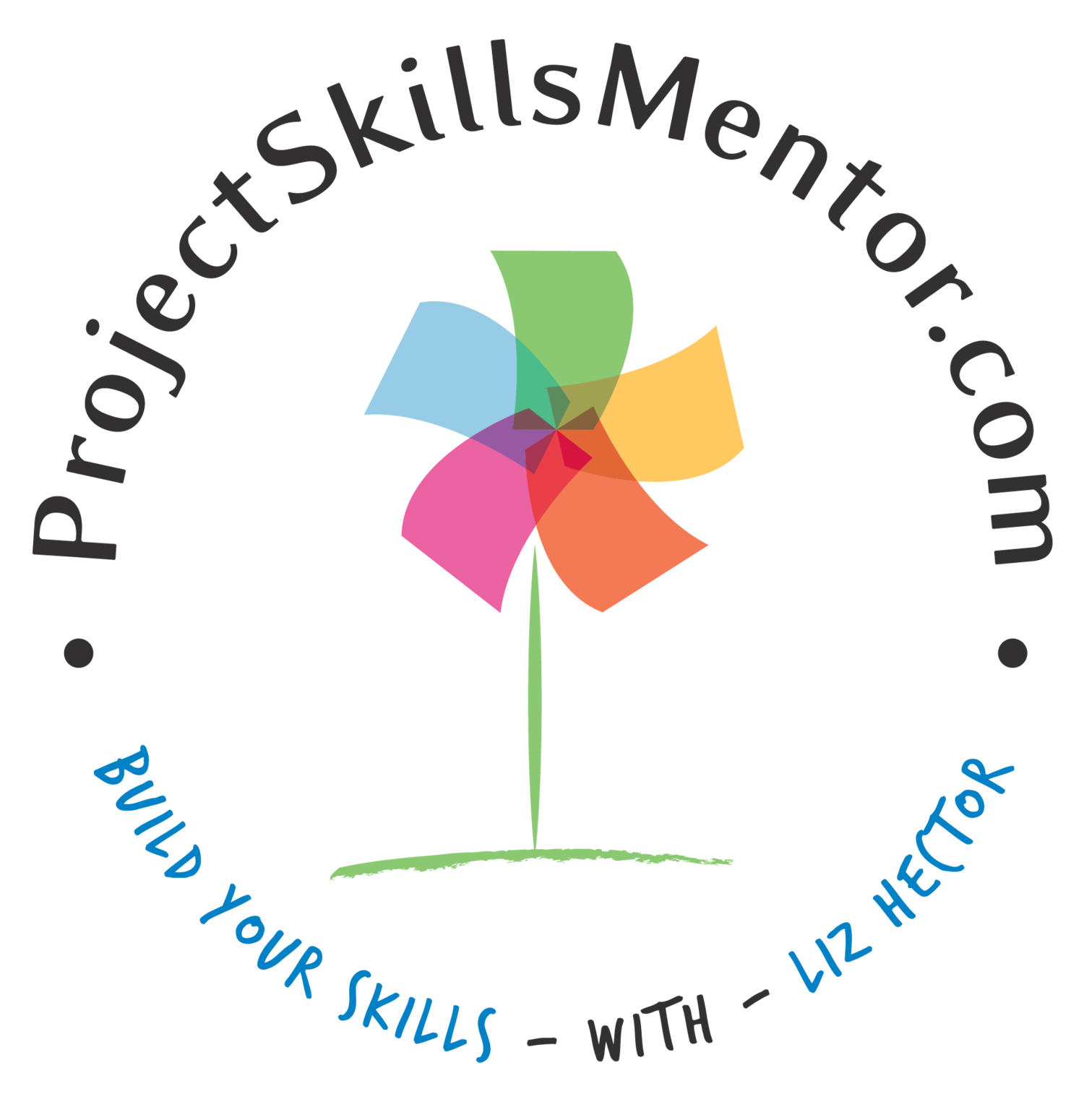Stakeholder Change Strategy: Where Success Begins
You've been tasked with a project or program to transform your business. It could be a new system rollout, a process overhaul, or a shift in how your teams work together. Naturally, your mind races to the big milestones. The technology you'll deploy, the processes you'll refine, and the people you'll need to train and support.
But before you dive into building and implementing solutions, a critical first step sets the stage for everything that follows: getting your stakeholders on board.
Stakeholders as Change Agents
Protect the Project and Budget
Promote the Business Outcome
Proactively Market the Benefits
“Approximately 50% of project failures are attributed to inadequate stakeholder engagement and management.”
In any transformation effort — small or enterprise-wide — stakeholders aren't just part of the journey. They hold the insights, the influence, and the energy you need to turn your project from an idea into a result. Without them, even the best-designed solutions can stall, slow down, or fail altogether. The role of key stakeholders is not just significant; it's indispensable.
Building a Program Stakeholder Change Strategy is the foundation of every successful business transformation. By taking a proactive approach to stakeholder engagement, you can shape the direction of the transformation and ensure its success.
At the core of any program are your stakeholders. These individuals and groups have the power to drive momentum, shape perceptions, and influence adoption across your business. When you treat stakeholder engagement as a core priority, not an afterthought, you dramatically increase your chances of success.
Who is a Stakeholder
When we talk about stakeholders, we're talking about a broad range of individuals who have a stake, direct or indirect, in the success of your program. Stakeholders can include:
Internal Leadership: executive sponsors, department heads
Functional Teams: operations, IT, HR, finance, sales, marketing
End Users: employees and others who depend on the solution
External Partners: vendors, consultants, suppliers
Customers: for products and services
Regulatory Bodies: if compliance or legal requirements are needed
Focusing only on top-tier decision-makers is easy, but true Change requires you to map all the formal and informal voices that can influence your outcomes.
Tip: Influence isn't always tied to position. Sometimes, a respected employee with no official leadership title can wield more influence over team behavior than a Vice President. Knowing who these people are early can be a huge advantage.
“The best way to minimize disagreement is to make sure that all the stakeholders are in the room.”
What is the Role of a Stakeholder
The Stakeholder Engagement Framework provides a structured approach to identifying, analyzing, and engaging individuals and groups who influence or are impacted by a project or transformation effort.
Stakeholders are not just observers who watch Change happen around them. In reality, they play active roles across several dimensions. Individual stakeholders may play one or more roles as part of the business, team, or steering committee.
Understanding the unique role each stakeholder plays is essential to building the right engagement strategy. While some provide direction or make critical decisions, others contribute hands-on support, promote the initiative, or offer valuable insights. The following stakeholder roles reflect the diverse ways individuals influence and shape change — often holding more than one role depending on their position, expertise, or relationship to the initiative.
Decision-Makers: They have the authority to approve, block, or redirect aspects of the project. Their active participation is critical.
Owners: They act as the final decision-makers for functional or operational elements and are accountable for outcomes.
Advocates: They escalate issues and roadblocks and help ensure resources and support are available.
Advisors: They offer valuable expertise and feedback, providing insights into challenges, risks, and opportunities.
Champions: They passionately promote the project, rally support, and influence others to engage and adopt the Change.
Delivery-Focused Stakeholders: They are directly responsible for executing the plan and achieving the program's objectives.
Alignment-focused stakeholders represent other initiatives or projects that may intersect with or impact your project. Coordinating with them is essential to avoid conflicts.
If you want to find out more about steering committees, read this article next.
Not recognizing and planning for these different roles can be detrimental. If you don't engage them purposefully, stakeholders will fill their roles independently and not always in a way that supports the project or business goals. This can lead to increased resistance, lack of trust, and, ultimately, project failure.
Successful programs treat stakeholders as partners in the Change, not just recipients. This approach respects their expertise and influence and fosters collaboration and shared responsibility.
Why You Need a Stakeholder Change Strategy
Simply identifying stakeholders isn't enough. Without a clear, structured change strategy, you risk falling into one of the most common traps in transformation: underestimating human resistance to Change. Here's why a change strategy is crucial:
1. It Reduces Resistance Before It Builds.
People don't resist Change because they're stubborn. They resist because they don't understand the Change. They may also fear loss or feel excluded from decision-making. A strong change strategy focuses on clear communication, early engagement, and creating safe spaces for questions and feedback.
2. It Builds Trust and Credibility.
If your stakeholders feel heard, informed, and involved, they are more likely to trust and advocate for the project. That trust accelerates adoption and smooths the path for more difficult transitions later.
3. It Clarifies Roles and Expectations.
When stakeholders know their role in the change process and what is expected of them, they are more likely to step into those roles confidently. It creates alignment across Leadership, project teams, and end users.
4. It Creates Ownership.
People support what they help create. By involving key stakeholders in shaping the solution and the journey, you turn passive observers into active owners of the outcome.
5. It Sets the Stage for Sustainable Change.
Stakeholders may fear change or the impact on their domain. Programs that focus solely on technical delivery may achieve short-term "go-lives" but often fail to achieve lasting impact. Sustainable Change requires ongoing stakeholder engagement long after the initial rollout, which only happens with a thoughtful, sustained change strategy.
Additionally, stakeholders can change over time. Managers can experience Stakeholder change in several ways:
Stakeholders’ opinions may change, for good or bad, which can impact your project approach or approval. Understanding when change occurs and planning to leverage positive change while mitigating negative change is key to your success.
Stakeholders’ roles can expand or change. Managers should be mindful of changes to roles and/or categories (such as Leader, Connector, or Driver), which can impact their importance to your program, their opinion, or their influence.
Stakeholders can join. Managers need to engage new stakeholders to assess their role, responsibilities, and expectations. This may require a comprehensive update to the Stakeholder Engagement Framework and Readiness Map. Take the time to meet with new stakeholders to onboard them to the program's work, understand their expectations, and confirm future communication.
How to Plan for Successful Stakeholder Engagement
The Stakeholder Readiness Map is a tool used to assess where each stakeholder or stakeholder group currently stands in relation to a change initiative. It visually categorizes individuals based on their awareness, attitude, engagement, and support for the project.
To drive meaningful change, it's not enough to identify your stakeholders — you must also understand where they stand. The Stakeholder Readiness Map helps assess each individual’s or group’s current mindset toward the initiative. By mapping their awareness, attitude, and engagement, you can visually segment stakeholders into categories such as Influencers, Collaborators, or Resistors. This snapshot allows change leaders to tailor outreach, target resistance early, and mobilize the right voices at the right time. Knowing who's onboard, who is resisting, and who needs more information or input is essential. At any point in time, your stakeholders may be:
Influencers: They shape attitudes toward the Change, positively or negatively, through formal communication and informal conversation.
Collaborators: They don't just support your project verbally; they roll up their sleeves and help build, solve problems, and strengthen the overall effort.
Supporters: These stakeholders are fully onboard and actively advocate for the project. They can help champion the Change within their teams and networks.
Neutral Parties: Stakeholders who are neither strongly supportive nor resistant. They may be open to persuasion and engagement with the right information.
Skeptics: Stakeholders who are cautiously observing and waiting for proof of success before committing their support.
Resistors: They might actively or passively resist changes that threaten their routines, roles, or sense of stability.
Blockers: Individuals who may actively seek to delay, derail, or undermine the project. This may be for political, personal, or organizational reasons.
How can you help the stakeholders move to the right in the graphic above? Use engagement stages and escalation strategies to help tailor communication effectively. Remember to focus on:
How you communicate
What you communicate and
When you communicate
You can design the perfect system. You can refine your processes to the industry's best standards. You can train your teams with world-class programs.
But your transformation risks falling short if your stakeholders aren't aligned, informed, and committed to the journey. Before you build your solution, build your stakeholder strategy.
The success of your project depends on more than what you create—it depends on who you bring along for the ride.
Up Next: Build Your Own Stakeholder Strategy
In the next article, we'll dive into how to create your Program Stakeholder Change Strategy.
You'll learn about:
Detailed Stakeholder mapping
Engagement planning
Communication tactics
Measuring real-world success
Stay tuned for practical tools you can apply immediately to your projects!
If you want to learn more about setting up a governance model to manage your key stakeholders, read this article next.




